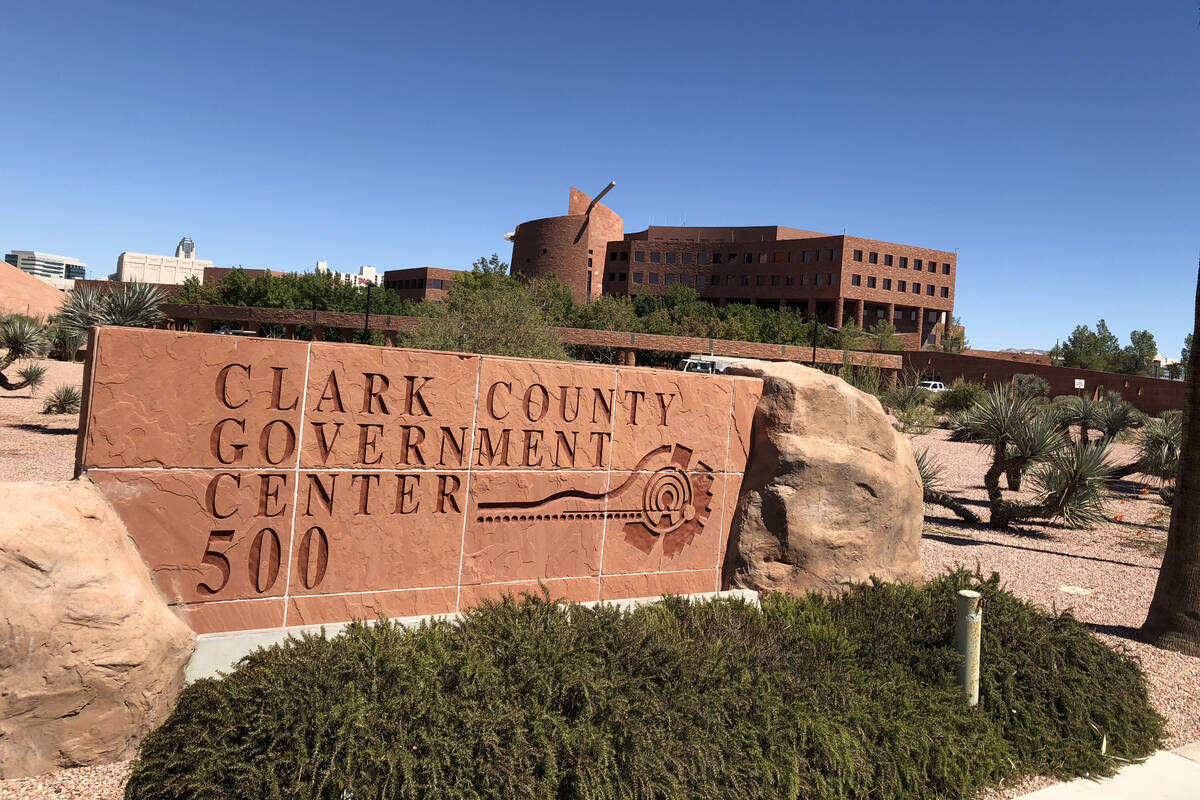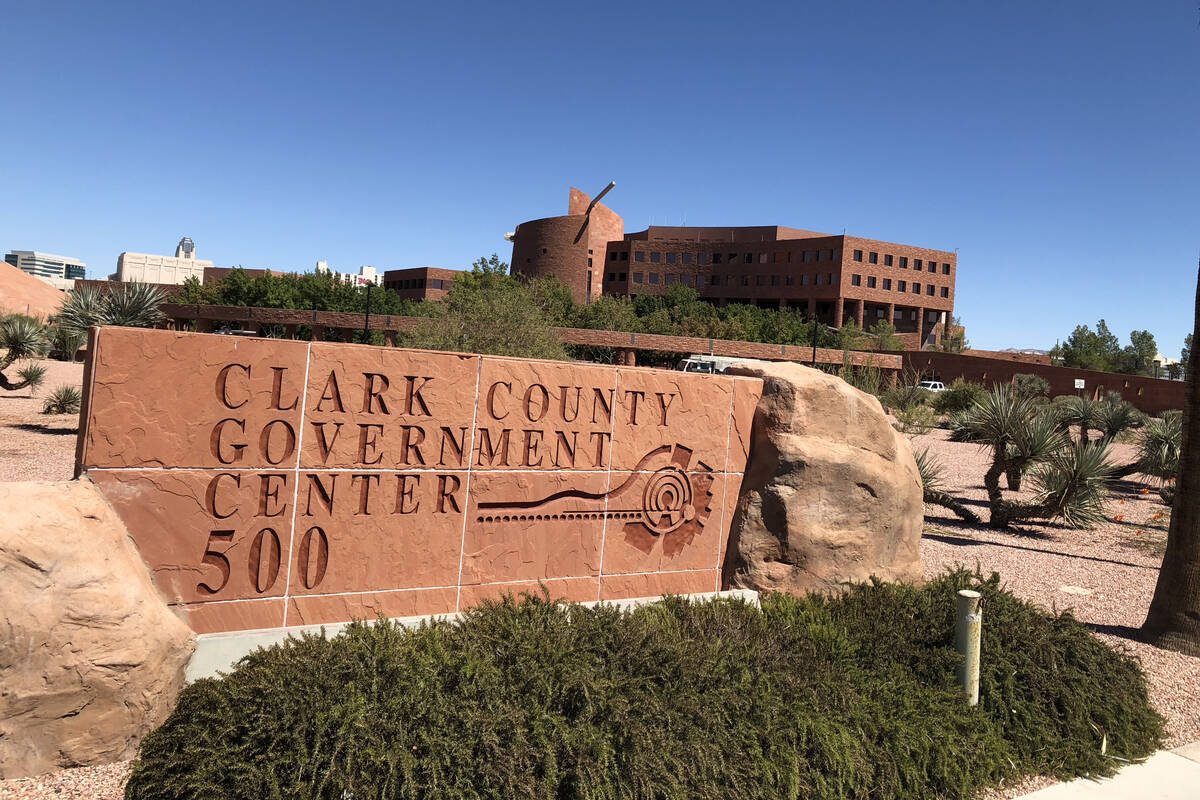‘All about public health’: Clark County makes changes to air quality rules
Clark County is making changes to its air quality regulations in an effort to decrease ozone levels in the valley.
The new regulations, some of which have already been approved by county commissioners and lay out new rules for a handful of industries in the valley, follow a 2023 ruling by the Environmental Protection Agency that the valley’s air quality does not meet national standards.
The changes are about protecting public health, according to Ted Lendis, planning manager for the Department of Environment and Sustainability Division of Air Quality.
“Public health. That’s what it’s all about,” Lendis said. “The (National Ambient Air Quality Standards) are health-based standards.”
The EPA’s determination reclassified the Las Vegas valley from “marginal” to “moderate” nonattainment of air quality standards because it failed to meet a 2015 standard for ground-level ozone, a harmful air pollutant created when sunlight interacts with nitric oxide, nitrogen dioxied and volatile organic compounds found in vehicle exhaust, gasoline vapors and emissions from industrial facilities and electric utilities.
In addition to contributing to smog and haze, ozone can harm lung tissue and aggravate lung diseases such as asthma, emphysema and chronic bronchitis, according to the EPA.
The determination also triggered a requirement for the county to implement requirements to regulate industries or operations that emit ozone.
The process to develop the new requirements can be time-consuming and difficult, according to Lendis.
“It’s hard for someone who’s not involved in these rulemakings to have an appreciation of how difficult and time-consuming it is to actually develop a final rule, because there’s a lot of industry participation. And procedurally, you know, that takes time,” Lendis said.
The county began holding rulemaking workshops late last summer, during which industries and members of the public could share their input and technical expertise in the drafting of the regulations.
It was a “collaborative effort,” Lendis said.
Some rulemaking workshops, including those on regulations concerning asphalt, didn’t draw much participation, Lendis said. Others, like graphic printing, drew heavy participation.
The county must follow specific guidance from the EPA, but it can create rules that are more stringent. In the case of graphic printing, the county’s regulation is more stringent than the EPA’s rules.
Effect on printing industry
Gary Jones, the vice president of environmental, health and safety affairs at Printing United Alliance, said the regulations will “absolutely” have an impact on the printing industry.
Jones, who works for a printing industry trade association, participated in several of the county workshops, advocating for less stringent regulations than those in other states.
County commissioners approved the rule proposed by DES, but Jones said he had submitted comments raising concern over a requirement for reporting, which is not required by the EPA.
“We explained to them that the average printer is like 20 employees or less so they don’t have the resources to generate a lot of the reports and information that they had put in that proposal,” Jones said. “So we asked them to rethink that and to either make it something that would be simple or or just delete it because it’s not necessary.”
The cost of compliance can come in the form of adjustments to the chemistry printers are using and administrative work, which can take time that some smaller companies aren’t able to pay for, Jones said.
“There are some printers in the area that are larger and have more resources, but again, the average printer does not have those resources,” Jones said.
Clark County ozone levels
The EPA’s nonattainment determination isn’t an indication that ozone levels in Clark County are rising, but rather that the standards are becoming stricter, according to county Department of Environment and Sustainability spokesperson Kevin MacDonald.
In 2015, the Environmental Protection Agency decreased its allowable ozone standard from 75 parts per billion to 70 parts per billion.
The number of days ozone levels have reached 71 ppb or higher has steadily declined since 2003, when the county recorded 62 days with ozone concentrations above that limit, MacDonald said.
In 2023, the county counted 18 exceedance days. That’s slightly more than 2022, when the county had 14 exceedance days. In 2021, the county had 28.
In 2018, the county recorded 35 exceedance days, before dropping to just three days in 2019.
The occasional spikes in recent years, including in 2018 and 2021, can be partly attributed to wildfire smoke drifting into the county, MacDonald said.
“We certainly still have air quality challenges that have to be met, regardless of the ozone standard, but we’ve seen improvements over the past 20 years,” MacDonald said.























